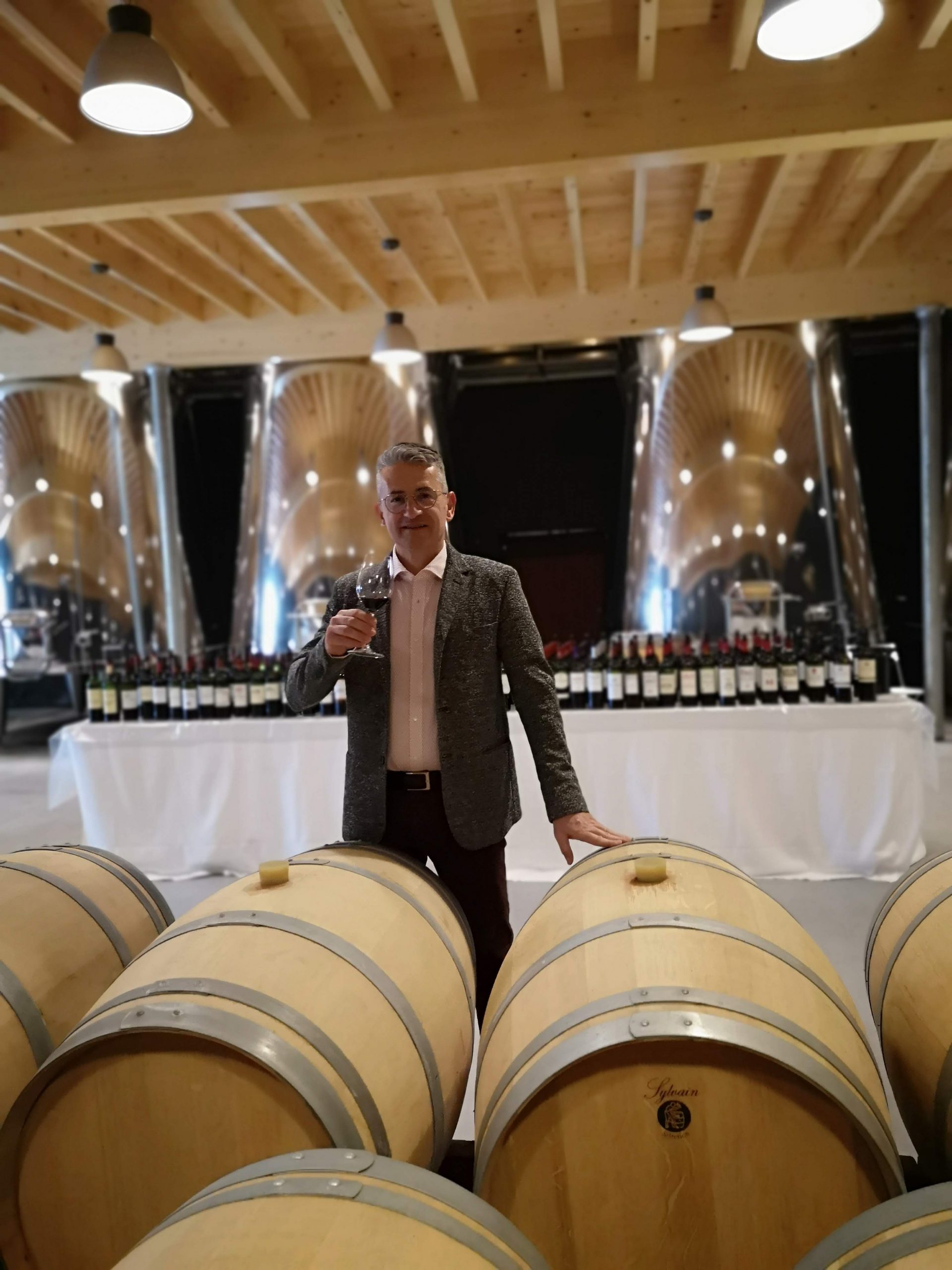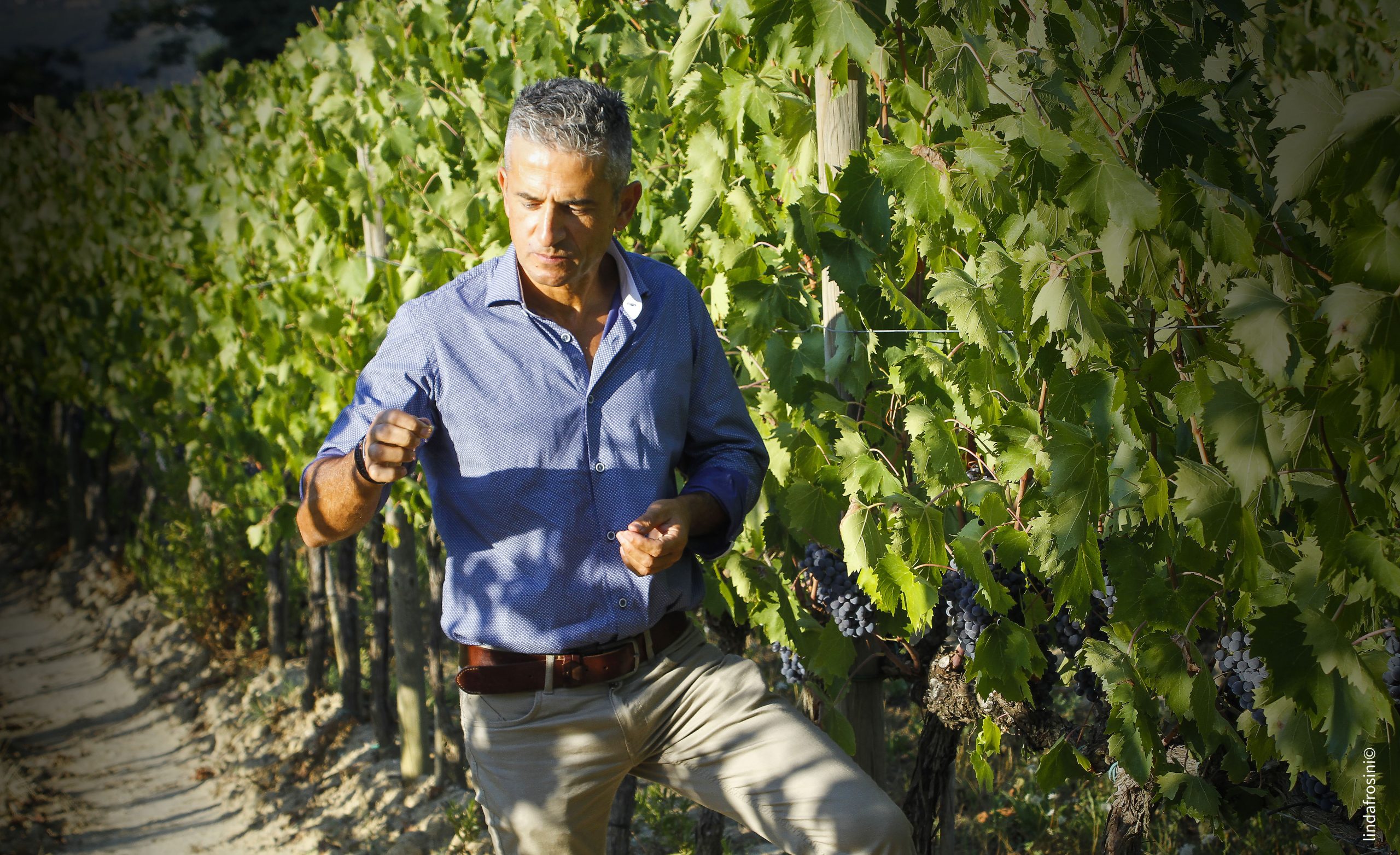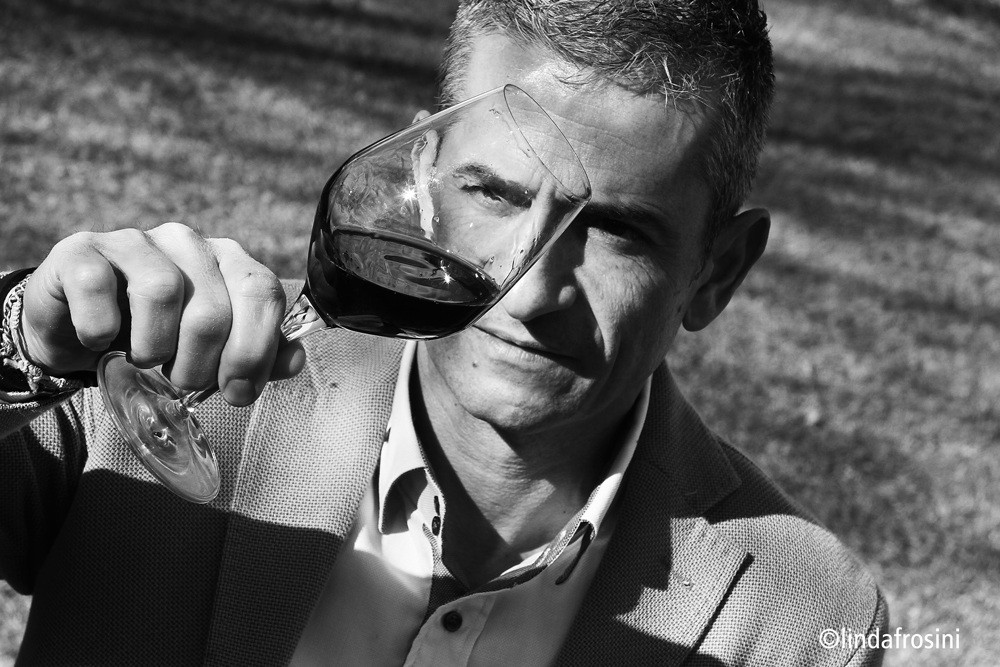The Wolf Post, supported by a Cultural Association, offers a professional service with free access, without subscription.
For this reason, a donation would also be a sign of appreciation for our work.
The primary goal of an oenologist is to be able to give the owner of the winery and, therefore, also to the final consumer, the “perfect wine”, enhancing and optimizing the fruit of the gods: the grapes.
Does the “perfect” wine really exist? Someone has defined the perfect wine as that which meets the favor of producers, others that of consumers. There are also those who argue that the perfect wine is the one without defects. Yet, we know that, sometimes, a small imperfection can turn into an added value, an example of all “bretted” wines, loved and hated at the same time.
By adding a new chapter to the column, which gives a voice to winemakers, we turn to the most authoritative source to understand if the perfect wine exists and to what extent.

© Luciano Bandini Enologo
Who better than an oenologist can know the fatigue and the many variables that affect the production of wine from the vineyard to bottling. Yet, often, the most ruthless judgments about wine come from those who only taste the final product without having witnessed the entire production process. For this reason, only an oenologist can really know if there is a “perfect” wine and when it can be defined as such, according to his experience.
Perfection does not exist, and if it did it would be terribly boring.
Wine is a drink subject to many variables (of vintage, place, weather conditions, grape variety), destined to satisfy the pleasures of people with different tastes and in different situations and objectives.
Therefore, at best, we can find a perfect wine for that person and for that particular occasion.
As far as I’m concerned, the perfect wine is the one that comes from a careful study of all the conditions in which the grapes grow, and of all the transformations that take place in the cellar. When a wine is free from defects and expresses characteristics of balance, harmony and aromatic intensity, faithful to the characteristics of the vine and the territory, we are already at a good level of perfection.

© Luciano Bandini Enologo
Is there a defect that you are particularly afraid of?
More than one. Obviously, the ones that scare me the most are those that are more difficult to remove, such as, for example, oxidation, biogenic amines, and ethylphenol. I’m not talking about the escalation because it would mean having neglected the wine a lot …

© Luciano Bandini Enologo
What are the operations, or strategies, that you implement to prevent this problem from arising?
First of all, we must have perfectly healthy grapes, otherwise everything is more difficult and more likely we will have to resort to corrections. Defects in the cellar mainly have two origins, chemical-physical and biological. The first is solved by paying close attention to oxygen management. So, pay attention to decanting, topping up and using antioxidants or micro-oxygenation. With a lot of oxygen there is oxidation, with little oxygen reduction. Problems of biological origin are solved by paying close attention to the cleaning and sterilization of the cellar.

© Luciano Bandini Winemaker
Your thoughts on “Brett” wines: are they undoubtedly defective wines or are they an interesting experience?
Unless someone likes the smell of horse or ink, or the band-aid patch we used many years ago, ethylphenol and ethylguaiacol are flaws.
They began to be considered flaws when the origin of their formation was discovered, more or less 30 years ago. Until then they were considered the “terroir” of Bordeaux wines.
Oenology and viticulture are making progress, they change as people’s tastes change, and if we can we go and choose what we like best.
For this reason, once it was understood how to manage Brettanomyces, which is the producer of ethylphenol, more fruity, spicy, floral wines were preferred, making what once was the “terroir” become a defect.
But ethylphenol, like all aromatic components, has a perception threshold and, in certain cases, if contained in minimal quantities, it could also have a positive function on the aroma, making it more varied and complex.








